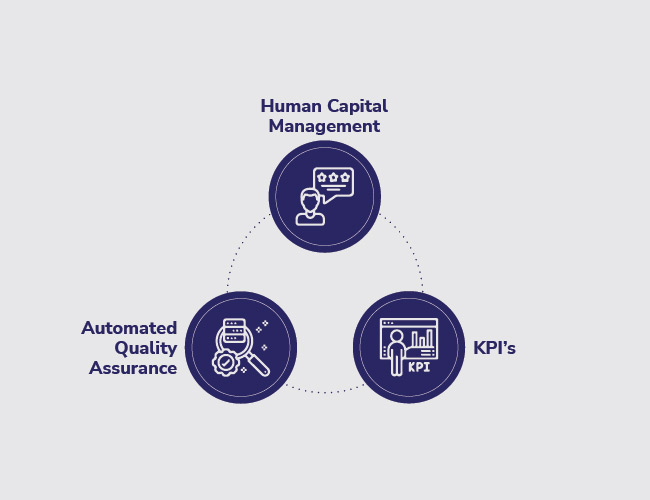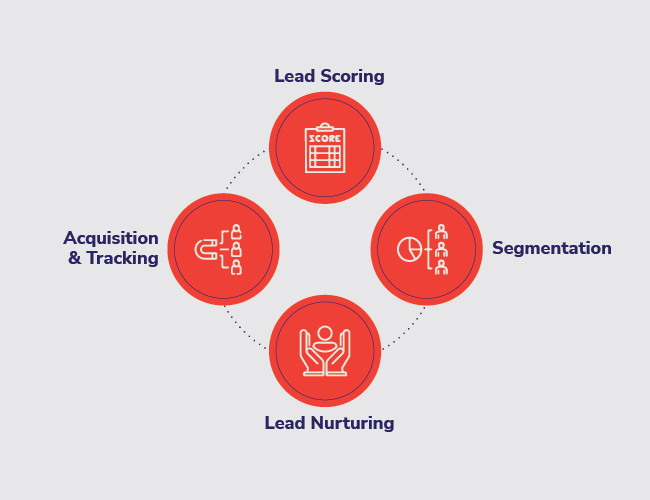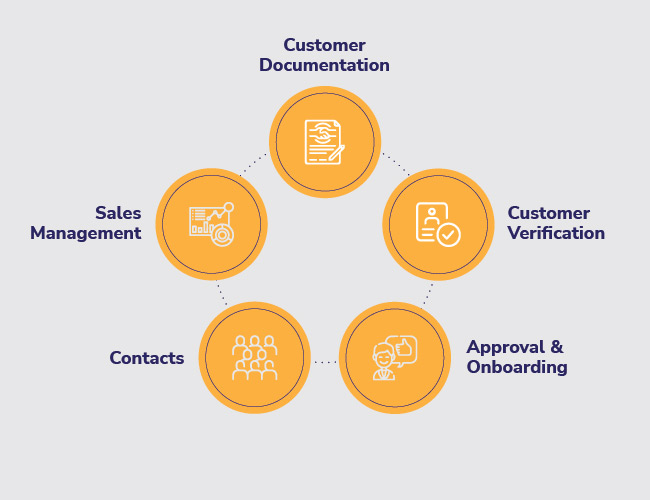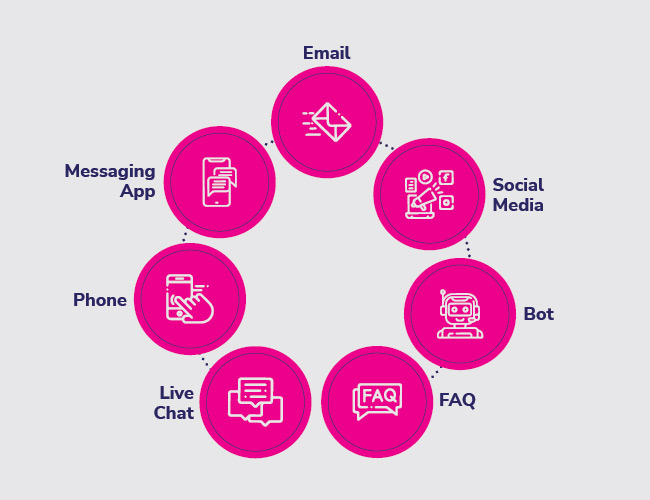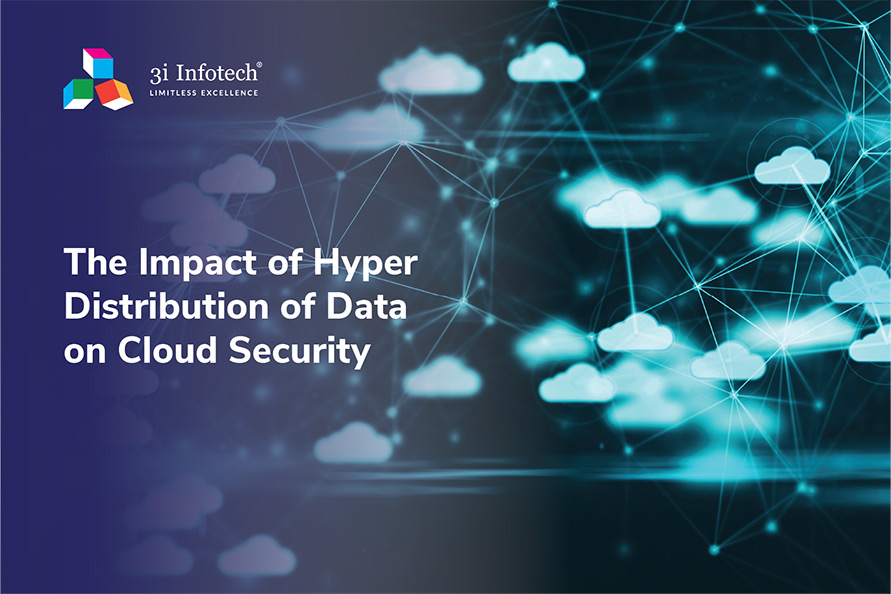
The Impact of Hyper Distribution of Data on Cloud Security
The article “The Impact of Hyper Distribution of Data on Cloud Security” explores the challenges posed by the trend of storing data in various locations, both within and outside of a company’s control, known as hyper distribution of data. This trend, driven by the rise of IoT, edge computing, and large-scale data processing, has increased the amount of data stored and generated, making it difficult for organizations to keep track of all sensitive information stored in the cloud. This presents new security risks, including the difficulty of implementing access controls, the increased risk of data breaches, and the protection of sensitive information such as personal data and confidential business information. To mitigate these risks, organizations must implement a robust security strategy that covers all aspects of cloud computing, including access controls, encryption, and threat detection and response. By taking these steps, organizations can ensure the protection of sensitive information and respond quickly in case of a breach.
Today’s business environment is highly dynamic, requiring organizations to respond quickly to market changes. The hyper distribution of data, or the storage of data in various locations both within and outside of a company’s control, has become a critical aspect of this agility. The rise of IoT, microservices architectures, edge computing, and large-scale data processing has led to an increased need for hyper distributed data. However, it also brings its own set of challenges, including data security and management. This article explores the business trends driving the need for hyper distributed data and the impact it has on cloud security.
With the rapid rise of cloud computing and the proliferation of connected devices, the amount of data generated and stored has grown exponentially. This hyper distribution of data has presented new security challenges for organizations, as they must protect sensitive information from unauthorized access and theft. In this article, we will explore the impact of hyper distribution of data on cloud security and how organizations can mitigate the risks.
One of the primary challenges posed by the hyper distribution of data is that it makes it difficult to keep track of all the sensitive information that is stored in the cloud. As more data is generated, it becomes increasingly difficult for organizations to keep track of all the different locations where data is stored, who has access to it, and how it is being used. This can lead to a situation where sensitive data is stored in unsecured locations or is accessible by individuals who should not have access to it.
Another challenge posed by the hyper distribution of data is that it can increase the risk of data breaches. As data is stored in more locations, the chances of it being accessed by unauthorized individuals increases. Additionally, with the growth of connected devices, the risk of data breaches has increased, as attackers can gain access to sensitive information through vulnerabilities in the devices themselves.
The impact of the hyper distribution of data on cloud security is compounded by the fact that organizations are storing more sensitive information in the cloud. This includes personal information such as Social Security numbers and financial information, as well as confidential business information such as trade secrets and intellectual property. If this sensitive information is not properly secured, it can have a significant impact on the reputation and financial stability of the organization.
One of the most important steps that organizations can take to secure their data is to implement strong access controls. This includes setting up roles and permissions for employees, so that only those who need access to sensitive information can see it. Additionally, organizations should implement multi-factor authentication to ensure that only authorized individuals are able to access sensitive information.
Encryption is another critical component of cloud security, as it helps to protect sensitive information from unauthorized access. Encryption should be applied to both data at rest and data in transit, so that information is protected both when it is stored and when it is being transmitted between systems.
Finally, organizations must invest in threat detection and response capabilities. This includes monitoring systems for signs of unauthorized access and taking steps to respond quickly if a breach occurs. This may include revoking access, patching vulnerabilities, and conducting a forensic investigation to determine the cause of the breach.
In conclusion, the hyper distribution of data has a significant impact on cloud security, and organizations must take steps to mitigate the risks. By implementing strong access controls, encryption, and threat detection and response capabilities, organizations can ensure that their sensitive information is protected from unauthorized access and theft. Additionally, by conducting regular security assessments, organizations can stay ahead of potential threats and respond quickly if a breach occurs.





 Nilesh Gupta
Nilesh Gupta
 Ramu Bodathulla
Ramu Bodathulla Mr. Raj Kumar Ahuja
Mr. Raj Kumar Ahuja Dr. Madan Bhalchandra Gosavi (B.A. (Hons.), LLM, M.Phil, PhD)
Dr. Madan Bhalchandra Gosavi (B.A. (Hons.), LLM, M.Phil, PhD) Mr. Umesh Mehta
Mr. Umesh Mehta Harish Shenoy
Harish Shenoy CA Uttam Prakash Agarwal
CA Uttam Prakash Agarwal Uttam Jhunjhunwala
Uttam Jhunjhunwala Ranjit Balakrishnan
Ranjit Balakrishnan Emmanuel N
Emmanuel N
 Rangapriya Goutham
Rangapriya Goutham Kiran Chittar
Kiran Chittar Sushant Purushan
Sushant Purushan Mohan TS
Mohan TS Sanjay Rawa
Sanjay Rawa Dr. Aruna Sharma
Dr. Aruna Sharma Mr.Avtar Singh Monga
Mr.Avtar Singh Monga Mr. Thompson P. Gnanam
Mr. Thompson P. Gnanam Ms. Zohra Chatterji
Ms. Zohra Chatterji Dr. Kalyan Krishnamoorthy
Dr. Kalyan Krishnamoorthy







 Mr. Pravir Vohra
Mr. Pravir Vohra Viraf Sirvala
Viraf Sirvala

 Amrita Gangotra
Amrita Gangotra